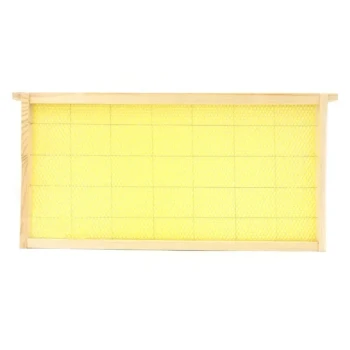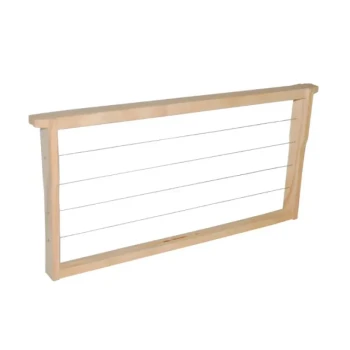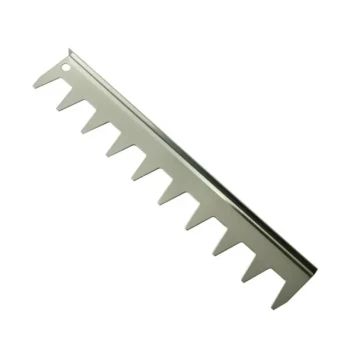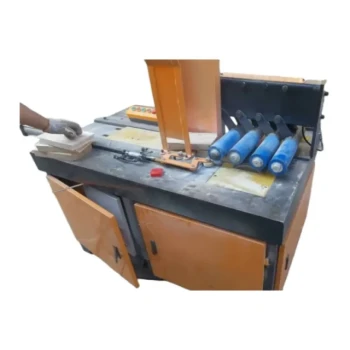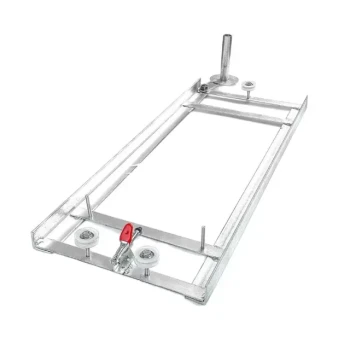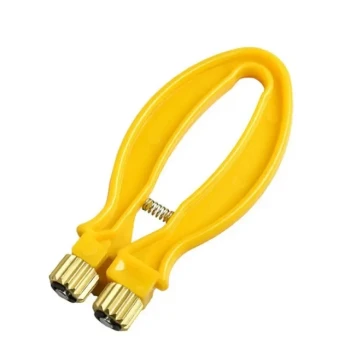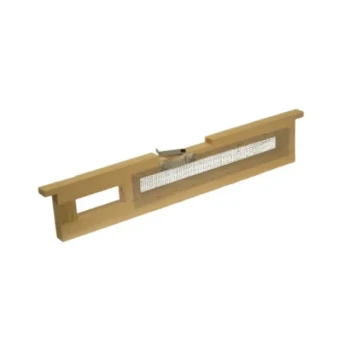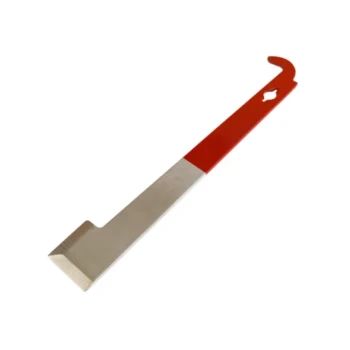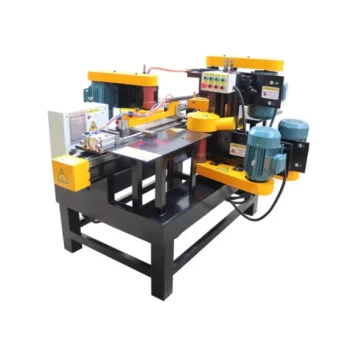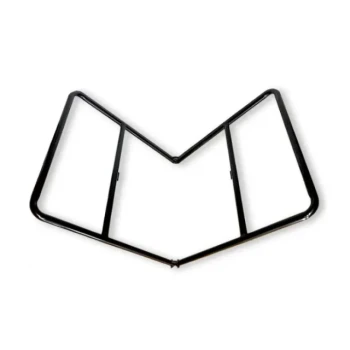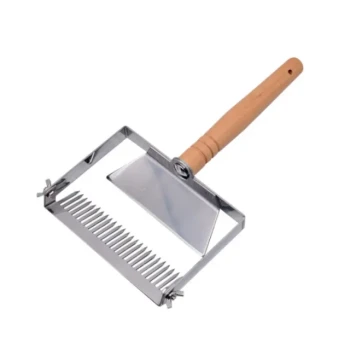The short answer is yes, you can and often should mix frame sizes in a single beehive. The most common configuration is using a larger "deep" box for the brood chamber and smaller "medium" boxes for honey supers. This approach balances the biological needs of the colony with the physical limitations of the beekeeper.
The decision to mix frame sizes is a fundamental choice between operational convenience and ergonomic reality. Standardizing on a single size offers perfect interchangeability, while mixing sizes makes lifting and harvesting significantly easier.
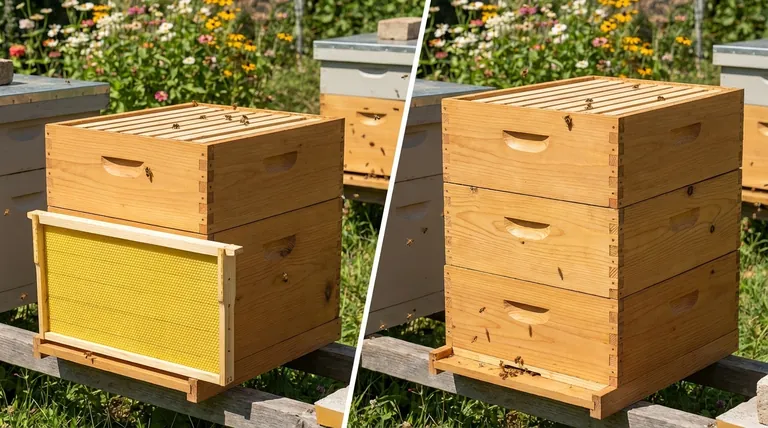
The Case for a Mixed-Size Hive
The most prevalent mixed-size system involves one or two deep brood boxes at the bottom of the hive, with all subsequent honey supers being medium depth. This has become a standard for valid reasons.
Reducing Physical Strain
A deep box filled with honey can weigh 80 pounds or more, a significant challenge for almost any beekeeper to lift safely.
In contrast, a medium super filled with honey typically weighs a more manageable 40 to 50 pounds. This reduction in weight is the single biggest driver for beekeepers adopting a mixed-size system.
Aligning with Bee Biology
A deep box provides a large, uninterrupted vertical space for the queen to establish her brood nest. This allows her to lay in her preferred pattern without being constrained by the wooden frame bars of a smaller box.
Many beekeepers feel this larger, single chamber for brood results in a more robust and productive colony.
The Argument for Standardization
The alternative is to use only one size of box and frame for everything—brood and honey. This is most often done with all medium boxes, though some use all deeps.
Ultimate Interchangeability
This is the primary benefit of standardization. Any frame of bees, brood, pollen, or honey can be moved to any other position in any other hive in your apiary.
This flexibility is a powerful management tool. You can easily boost a weak colony with a frame of brood from a strong one, or ensure a hive has enough food by moving a frame of honey into its brood box.
Simplified Equipment Management
Standardizing means you only need to buy, build, and store one size of box, frame, and foundation.
This reduces complexity, minimizes storage needs, and eliminates the possibility of grabbing the wrong size equipment when heading out to your bee yard. An all-medium system is particularly popular as it combines this benefit with manageable weight.
Understanding the Trade-offs
Choosing a system requires you to be aware of its inherent limitations. There is no single "best" answer, only the best fit for your specific goals and physical abilities.
The Loss of Frame-Swapping
The main drawback of a mixed-size system is the complete loss of interchangeability between the brood chamber and honey supers.
You cannot move a deep frame of brood into a medium honey super to bait the bees upward. Likewise, you cannot move a medium frame of honey down into a deep brood box to provide winter feed.
The "Wrong Frame in Box" Problem
You must be disciplined in your management. Placing a medium frame into a deep box leaves a massive, unsupported gap at the bottom. The bees will invariably fill this space with a chaotic mess of burr comb that is difficult to remove.
Conversely, a deep frame will not fit into a medium box at all, making it impossible to interchange them.
Making the Right Choice for Your Apiary
Your decision should be a conscious one based on your personal beekeeping philosophy and physical capacity.
- If your primary focus is minimizing heavy lifting: A mixed system (deep brood, medium supers) is the ideal choice.
- If your primary focus is operational simplicity and hive management flexibility: A single-size system (typically all mediums) is superior.
- If you are a commercial or large-scale sideliner beekeeper: Standardization on a single size is almost essential for achieving efficiency at scale.
Ultimately, both systems are used successfully by thousands of beekeepers, so the best approach is the one you can manage consistently and safely.
Summary Table:
| System | Primary Benefit | Key Consideration | Best For |
|---|---|---|---|
| Mixed Sizes (e.g., Deep Brood, Medium Supers) | Reduces physical strain; heavy lifting minimized. | Loss of frame interchangeability between brood and supers. | Beekeepers prioritizing ergonomics and manageable weight. |
| Single Size (e.g., All Mediums) | Ultimate frame interchangeability for flexible hive management. | Standardized weight; may still be heavy depending on the size chosen. | Beekeepers prioritizing operational simplicity and scalability. |
Ready to Build Your Ideal Hive Configuration?
As a trusted wholesale supplier for commercial apiaries and equipment distributors, HONESTBEE provides the durable, high-quality deep and medium boxes and frames you need to implement your chosen system efficiently. Our bulk-focused operations ensure you get the right equipment at scale.
Let's discuss your apiary's specific needs. Contact our team today to get a quote and learn how our supplies can support your beekeeping success.
Visual Guide
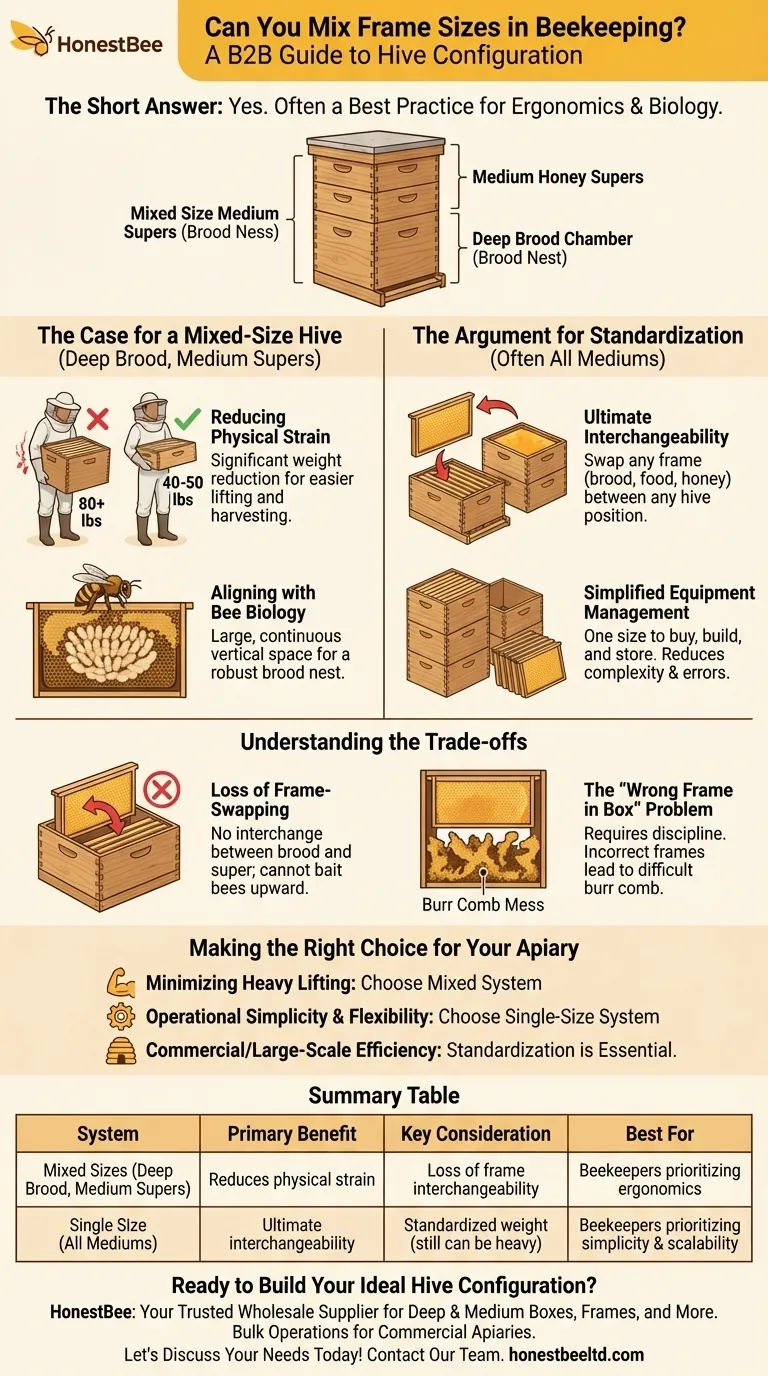
Related Products
- Assembled Wooden Bee Frames with Beeswax Foundation Ready to Use by HONESTBEE
- HONESTBEE Wired and Assembled Wooden Bee Frames Foundation for a Thriving Hive
- Stainless Steel 9 Frame Hive Spacer Durable Precise for Commercial Beekeeping
- 7 x Auto Bee Flow Hive Frames Plastic Beekeeping Hive Box Supplies
- Professional In-Hive Frame Bee Feeder by HONESTBEE
People Also Ask
- How are Langstroth beehive frames assembled? A Step-by-Step Guide for a Durable Hive
- Can old bee frames be reused? Weighing the Risks vs. Rewards for Your Hive
- What are the main parts of a hive frame? A Guide to Modern Hive Anatomy
- What are the advantages of using wooden beehive frames? Natural, Sustainable, and Bee-Friendly
- How many frames fit in a 10 frame hive? A Guide to Maximizing Your Hive's Potential
